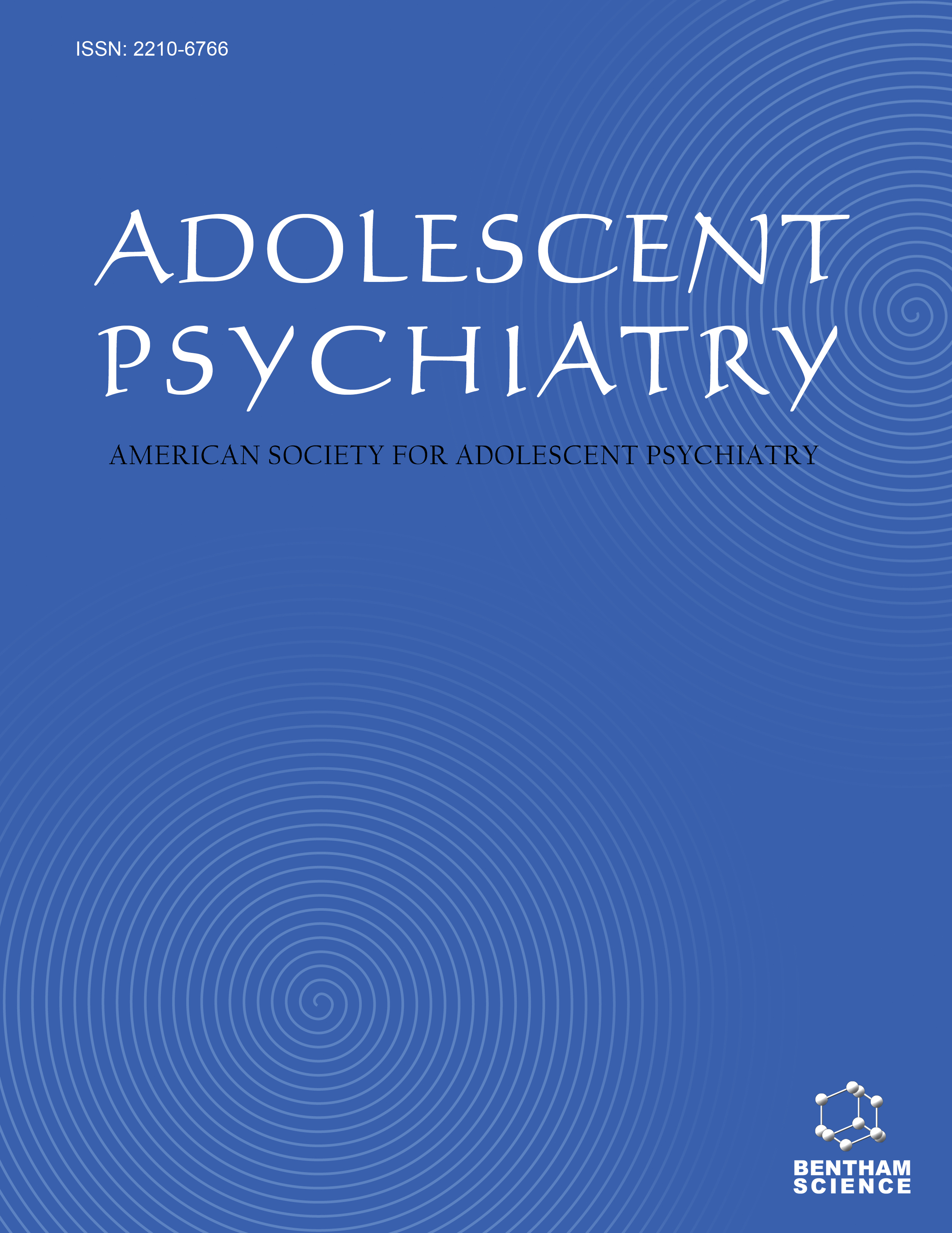-
s Chronic Absenteeism: A Brief Review of Causes, Course and Treatment
- Source: Adolescent Psychiatry, Volume 8, Issue 3, Dec 2018, p. 214 - 230
-
- 01 Dec 2018
Abstract
Background: Chronic absenteeism from school is a pervasive problem with complex causes and long-reaching consequences. School refusal has been associated with increased likelihood to engage in criminal behavior, sexual risk behaviors, abuse of illicit substances, and dropout of school entirely. Objective: Based on a review of the available literature, the aim of this paper is to describe the current state of research on school refusal, including the role of adolescent substance use, and to discuss treatments for school refusal, including a comprehensive model developed through a collaboration with the New York City Department of Education. Methods: The authors conducted a literature survey using Pub-Med, Google Scholar, JSTOR & Science Direct databases. Key search terms used included: "absenteeism", "attendance", "school refusal", "school avoidance", "truancy", & "substance use". Results: Students who are chronically absent display high rates of psychiatric comorbidities, with anxiety disorders and disruptive behavior disorders being particularly prevalent. Furthermore, substance use and absenteeism have been found to have a relationship of mutual influence with cannabis use showing a strong positive relationship with absenteeism, which in turn entails the need for appropriate screening and referrals for treatment. Current data suggest that behavioral interventions, including social skills training, cognitive behavioral, and dialectical behavioral therapies are the primary treatment modalities, with the addition of pharmacological management when needed. Preliminary data from the Comprehensive Adolescent Rehabilitation and Education Services program in New York City may indicate the pairing of educational and clinical services may improve attendance rates and decrease rates of substance use.


